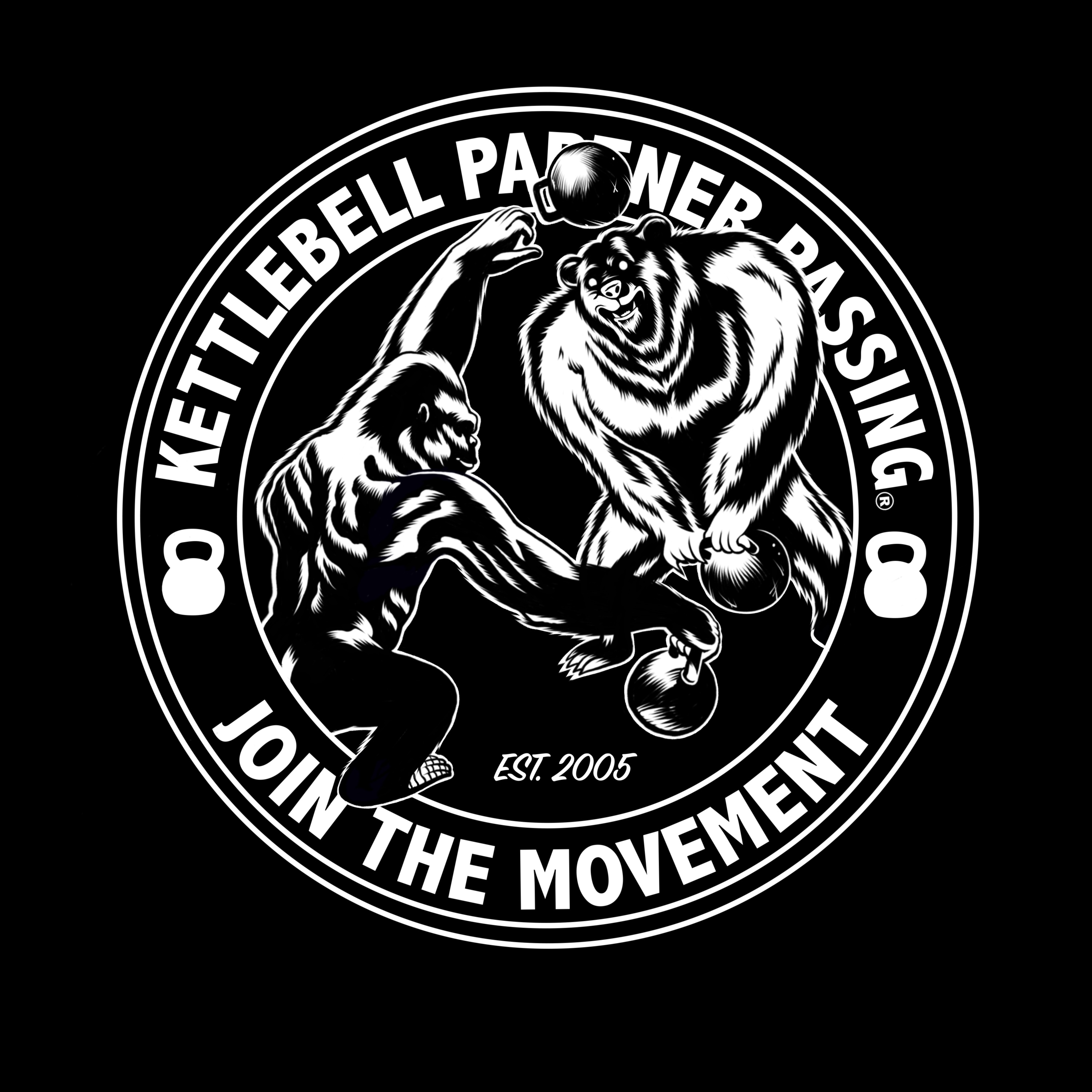Low vs. High Passes in Kettlebell Partner Passing®
- Kettlebell Partner Passing

- Sep 8, 2021
- 2 min read
Updated: Apr 6, 2022
When it comes to the trajectory of your pass, there are two ways to go: high or low.
The Low Pass

The low pass is a direct pass with minimal arc in its trajectory. This type of pass is ideal for beginners because it’s the safest pass to throw. If the pass is errant or the receiver misses the catch, the bell will fly through their legs instead of hitting their body. The low pass is also more economical than the high pass because the path of the bell is more in line with the ground, which helps the receiver hinge and makes the pass easier to field and return. This makes the low pass a better choice for longer passing sets.
The High Pass

The high pass, on the other hand, typically has a large arc to its trajectory, as it is frequently used to pass over targets, such as in “volleybell”. This type of pass is great for stimulating a training effect for power. The high pass is more advanced than the low pass, as it is both more physically taxing and more challenging to catch. The high pass is used extensively in freestyle as well as double, triple, and quad bell passing drills.
Choosing High or Low
Both high and low passing variations have utility in Kettlebell Partner Passing. We recommend learning to throw the low pass effectively before moving onto the high pass. Once the foundation of the low pass is set, both high and low passes should be practiced according to the aim of your training.
Ready to start Kettlebell Partner Passing? Check out this in-depth article on the Two Hand Pass and get your body prepared to pass with the Kettlebell Solo Foundations program.


Comments